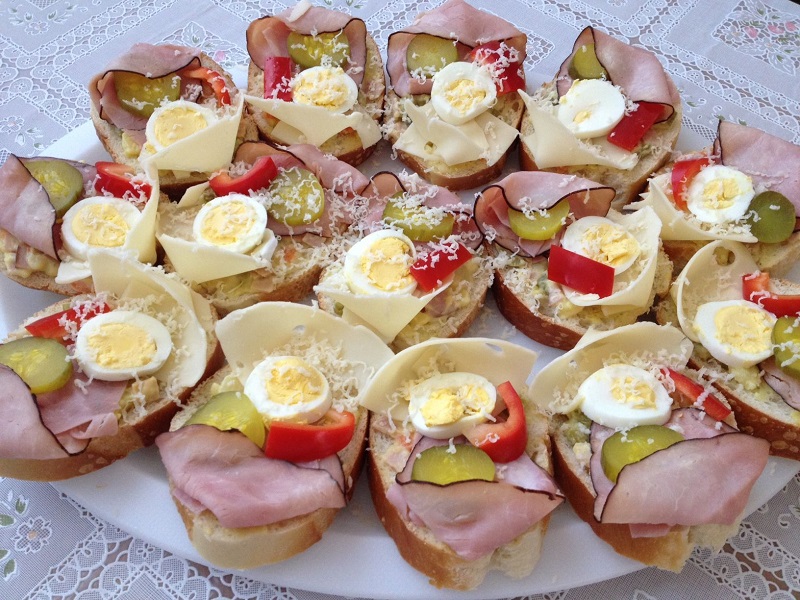By Tim Hazell
William Blake once referred to “essence” as a quality of experience that can only be captured by symbolic means. The term “essence” may allude to inner life; ours or that present in the natural and man-made forms that surround us. We select objects to share our ambient spaces carefully, for their ability to trigger memories, induce pleasant sensations and inspire new levels of thought, or because of their distinctive tactile and expressive aspects of texture. They may trigger sudden unexpected discoveries—daring cognitive leaps of the imagination—such as very subjective interpretations of beauty and dread.
We may choose to approach a painting or musical score from above or in front, the traditional observer’s vantage point, in which case we are only aware of intricacies that appear on the surface. Our other option might be to go deeper; to evaluate the uncharted wilder-land beneath its uppermost layer, a specific domain that is distinct both from conventional organizations of reality and ideas.
Perception is abstracted from a series of sensations invoked by the blinking of the eye or turning of the head. We receive time-sequenced images of the constant and fixed disposition of the surfaces of things in relationship with the spatial intervals that separate them.
Jean Dominique Antony Metzinger (1883–1956) was a major 20th-century French painter, theorist, writer, critic, and poet, who along with Albert Gleizes wrote the first theoretical work on Cubism in 1912, entitled “Du Cubisme.” For Metzinger, classical perception had been an incomplete representation of structure. He believed that a creation is multi-faceted and that each transformation from different angles and vantage points is valid, according to its underlying external and internal characteristics, a principle known as “mobile perspective, also called simultaneity.
Before the emergence of Cubism, painters worked from the limiting factor of a single viewpoint. For the first time, Metzinger rendered form as remembered from successive and subjective experiences within contexts of both space and time. Cubism was the culmination of a hard-fought return to order; based upon the artist’s relationship to nature, rather than on the nature of reality itself, a fundamental shift in the early history of Modernism.
Prague’s Grand Café Orient became famous as a gathering place for Cubists soon after it was founded in 1911. In addition to drinks, snacks, and specialty cakes, it serves delicious open face sandwiches, for which the city and Czechoslovakia are famous.
Prague Open Face Sandwich
Ingredients (amounts as required):
1 baguette (or loaf of white bread)
200 g potato salad
Thinly sliced ham or salami
Peeled hard boiled eggs
Pickled cucumbers or gherkins
Slivers sweet red pepper
Parsley
Directions:
Remove the ends of the loaf and cut into medium thick slices. Spread each slice with potato salad
Make a cut from the center to the edge in each slice of ham and/or salami and twist them into a cone shape. Slice the eggs. Place ham and/or salami cone on each slice of bread. Decorate with egg slices, a little fan of pickled cucumber or gherkin, a ribbon of red pepper and a sprig of parsley.


